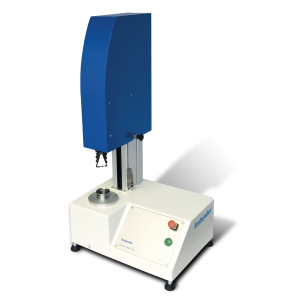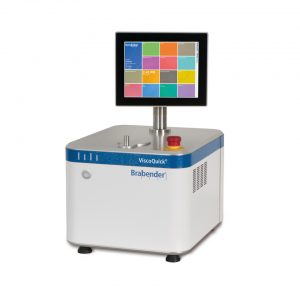Extensograph-E
The Brabender Extensograph-E measures the stretch resistance and elasticity of the dough to determine the rheological optimum for the very best baking results.
Meaningful dough examinations for achieving best baking results
On the basis of the recorded extensogram, reliable information on rheological dough properties – and therefore later baking results – can be determined. Recognise and determine the effects of flour additives, such as for example enzymes or ascorbic acid, and flexibly adapt the short methods to your own particular application.
Why is this important?
• Gluten strength and bread-making characteristics of flour can be determined
• Flour supplied from the mill can be checked if it meets the specifications for the given application
• Influence of flour additives like ascorbic acid, enzymes (e.g. proteinases), and emulsifiers can be made evident
• Cost and product optimization
Suitable for the following applications:
Cereals, Flour, Starch, Gluten, Dough
Which tests can be conducted with the solution?
- Viscoelastic properties
- Enzyme activity
- Sprouting
- Dough stability
- Dough development time
- Dough softening
- Elasticity
- Gluten content
- Gluten strength
The Brabender 3-Phase-System provides a holistic and practical approach to the production of baked goods and pasta on a laboratory scale:
- Phase 1 – Farinograph: provides information on the water absorption of the flour and the kneading properties of the dough
- Phase 2 – Extensograph: determines the stretch properties of the dough and gives a prediction of the baking volume
- Phase 3 – Amylograph: measures the gelatinization properties of the starch and the enzyme activity in the flour
Enquiry about Extensograph-E










